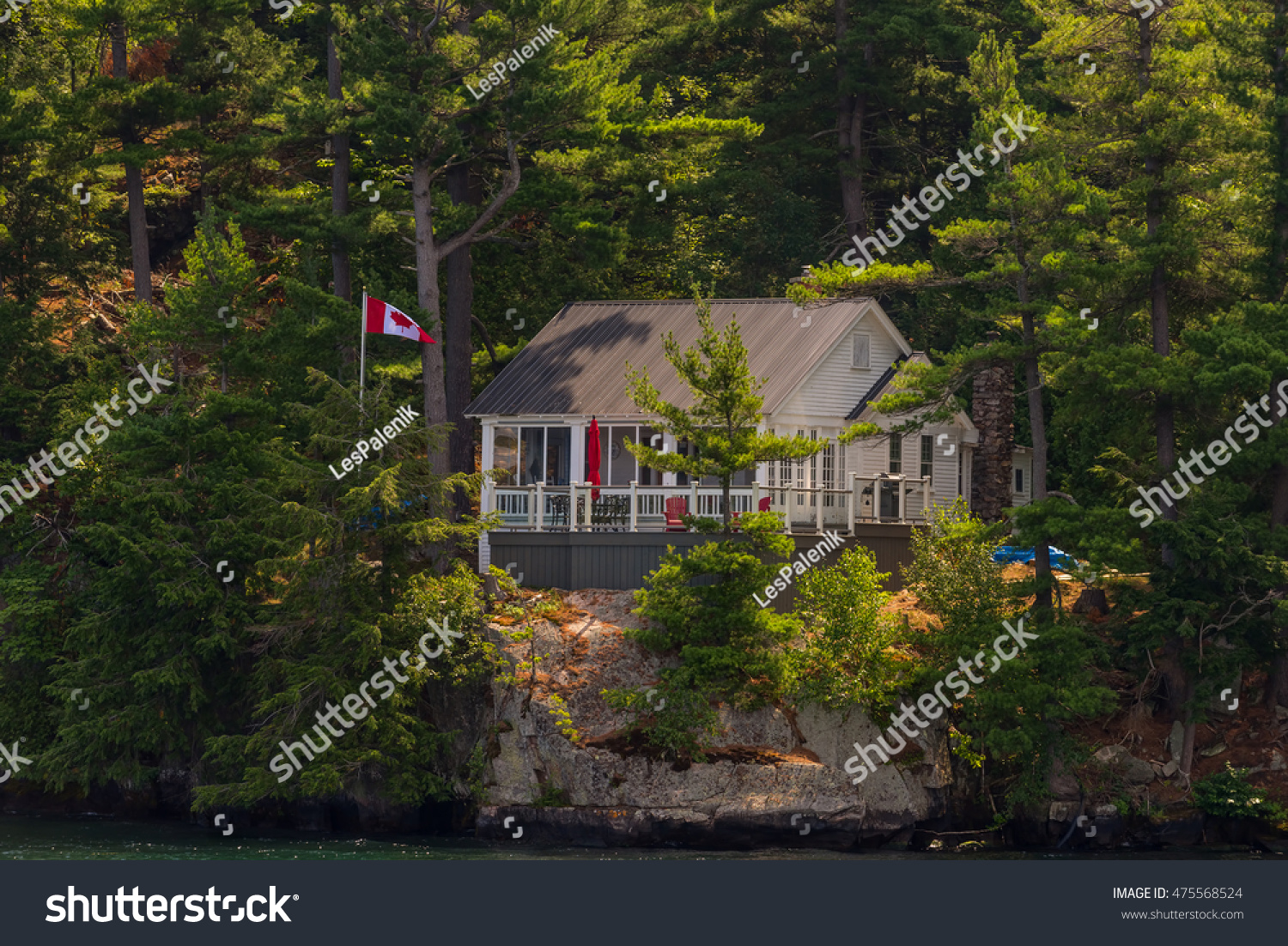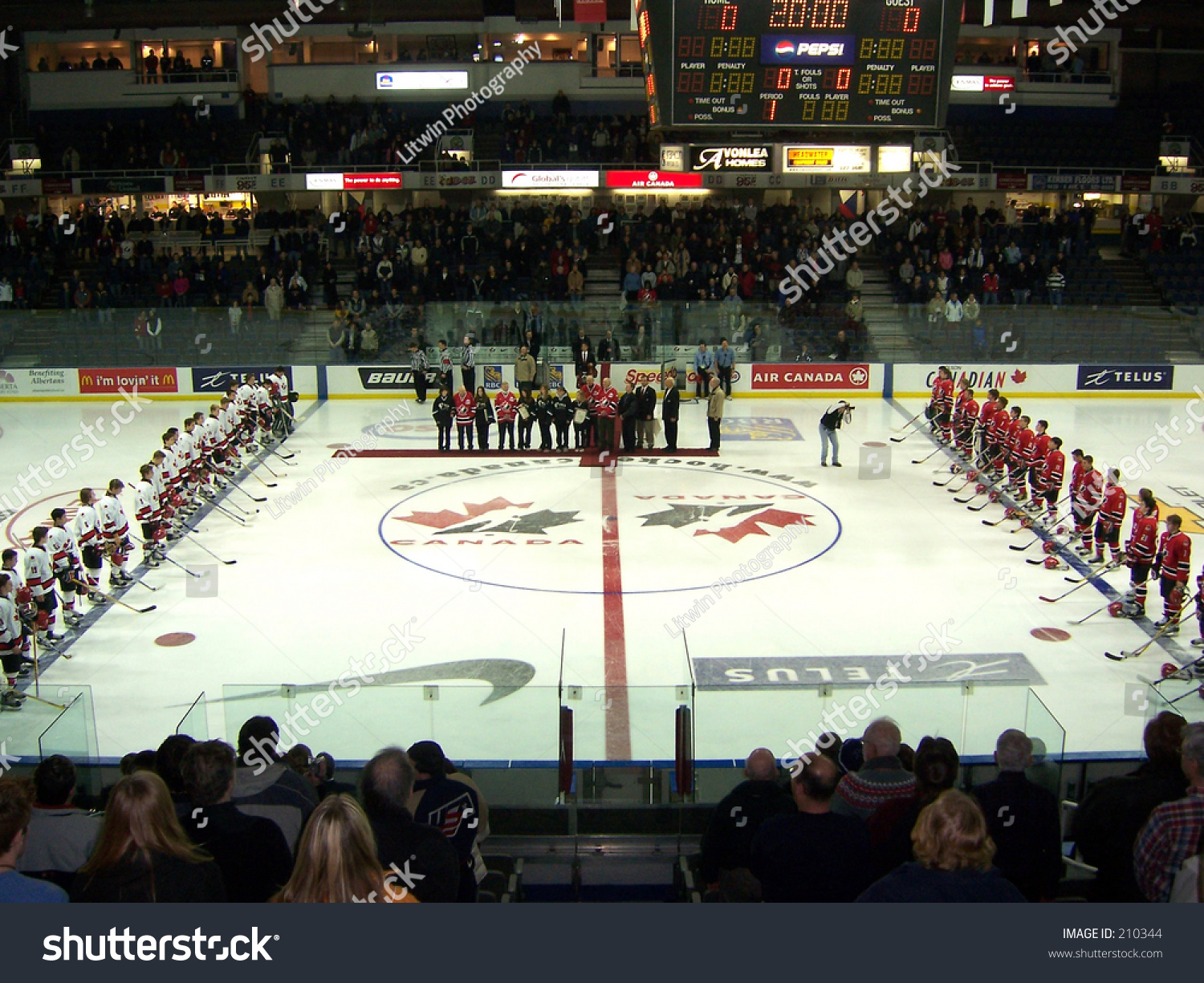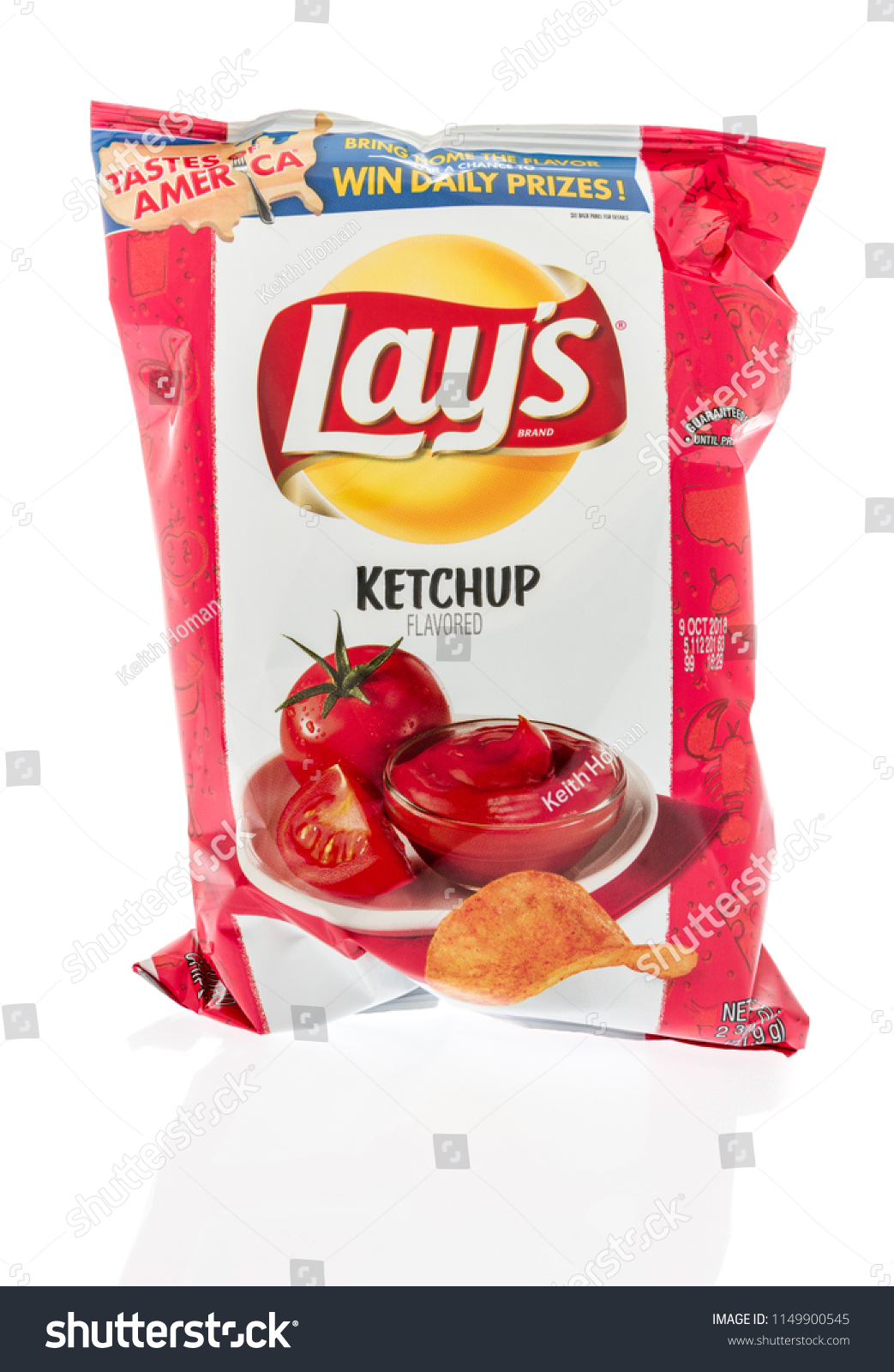Are you someone who enjoys traveling throughout the world? In the world we live in, there are many cultural distinctions. Although it is necessary to understand the primary culture of the nation to which you wish to travel, there are certain distinct cultures that you may be surprised to learn about. If you have a plan to stay or travel to Canada, these are the things you might want to know.
Canada has a number of distinguishing advantages over other nations, making it the most well-known country on the planet. It is a valid multicultural country, with residents from all over the globe. It is a big country full of cultural diversity. It is a republic with two nationalities: French Canada and English Canada.
“Understanding socioeconomic stratification is complex because Canada is a massive country with significant regional variances, including racial differences.”
Milk in a bag

In Canada, there is such a thing as bagged milk. This concept is alien not only to Americans but to people all around the world. Pouring milk from a bag may appear to be a difficult task, but it is pretty simple. Don’t be shocked if you visit Ontario, Quebec, or other parts of Canada and discover enormous amounts of bagged milk in the grocery stores. Perhaps you might buy a bag as a keepsake to bring home.
Hockey is everything

Football is popular in the United States, whereas hockey is popular in Canada. Both are equally adored in their respective countries, with Hockey reigning supreme in Canada. Sports like American football and hockey are universally popular, and if you’re a fan, you’ll most likely catch a game no matter which team is competing. You’d be hard-pressed not to see a game of hockey being televised at local cafes and pubs, similar to how every game of football is shown in bars and restaurants. Hockey is a chilly and harsh sport, but it is also a lot of fun to watch.
Servers have their own cash registers

If you’ve ever wanted to go out to eat with a large group of people, you’ve probably dreaded the part where the bill arrives, and you have to figure out who’s receipt is whose. In Canada, though, things are much more accessible, with servers and waiters carrying about debit/credit machines that immediately finish the payment, including tips. It’s surprising that a system like this hasn’t been established in the United States yet, as it would make bill splitting more straightforward and worry-free.
Cottage culture

Pretty much every single Canadian owns a cottage or has buddies who would welcome them to visit theirs “up north.” “Up north” refers to Muskoka, Shawnigan Lake, or the Laurentians, not Nunavut. From June to August, good-natured, patriotic Canadians will pile into cars, yearning for the sensation of the lake water lapping against their dangling toes. It’s just something that Canadians do. The sociological counterpart of not having a date for the prom is not being invited to the cottage or cabin.
Apologizing Too Much

Canada is recognized for being one of the world’s most courteous countries, and this is not far from the truth. Being overly apologetic is ingrained in their culture and daily lives.
Canadians appear to apologize so frequently that it becomes irritating, resulting in them having to apologize for apologizing so frequently. Sorry, but not sorry about it.
Eat maple syrup off of snow

Canadians enjoy melted maple syrup on snow by scooping it up with a popsicle stick and munching on it, believe it or not. Without a doubt, nothing on the planet is more Canadian than Canada. This sweet is known as ‘tyre d’erable,’ which translates to maple taffy,’ and is delicious.
The snow effectively stops the hot syrup from heating up and reduces it to a taffy-like consistency. People from all over the province try these exquisite treats that are a part of Quebec’s rich cultural history. You can create it practically anywhere if you have access to both snow and maple syrup. “Home is where the maple leaf is,” this is one of my Canadian friends usually said.
Santa will write back to you

Every year, thanks to wonderful Canada Post volunteers, children all around the world can write a letter to Santa and receive a reply. They receive so many notes that they are forced to pay volunteers to respond to them all. Santa and his volunteers have responded to over 1 million letters in 30 languages, and the number continues to rise year after year. Is there anything more distinctly Canadian than that? Receiving a personalized letter from Santa as a child is pretty much the most amazing thing you’ll ever experience.
Sing Half of National Anthem in French

The fact that Canadian sing half of the national anthem in French and the other half in English adds to Canada’s inclusive nature. They are both equally vital to include because they are both Canadian national languages.
The words will switch between languages throughout the song, which is unusual in an anthem from any other country because few have two official languages.
Canadian Education

The educational system in Canada differs from that in the United States. School systems in the United States are separated into three categories: elementary, middle, and high school. In Canada, however, the middle school component is abolished, and pupils attend elementary school until seventh grade, after which they enter high school in eighth grade. If a child attends a vocational school for two years, they can graduate from high school in 11th grade—this aids pupils in their preparation for college as well as the rest of their lives.
Ketchup flavored chips

Canada is a country where ketchup is so famous that they converted it into chips. Because the best ketchup chips are created by Lay’s, which is only offered in Canada, they are only available to individuals who live up north. Anyone who grew up in Canada can recall having their fingers sprinkled with crimson ketchup seasoning that soaked into their flesh. You’d imagine ketchup chips would have originated in America, with Heinz being the most well-known ketchup brand. While variants of our favorite chip flavor can be found south of the border, they are nothing like the ones that Canadians have learned to adore.

